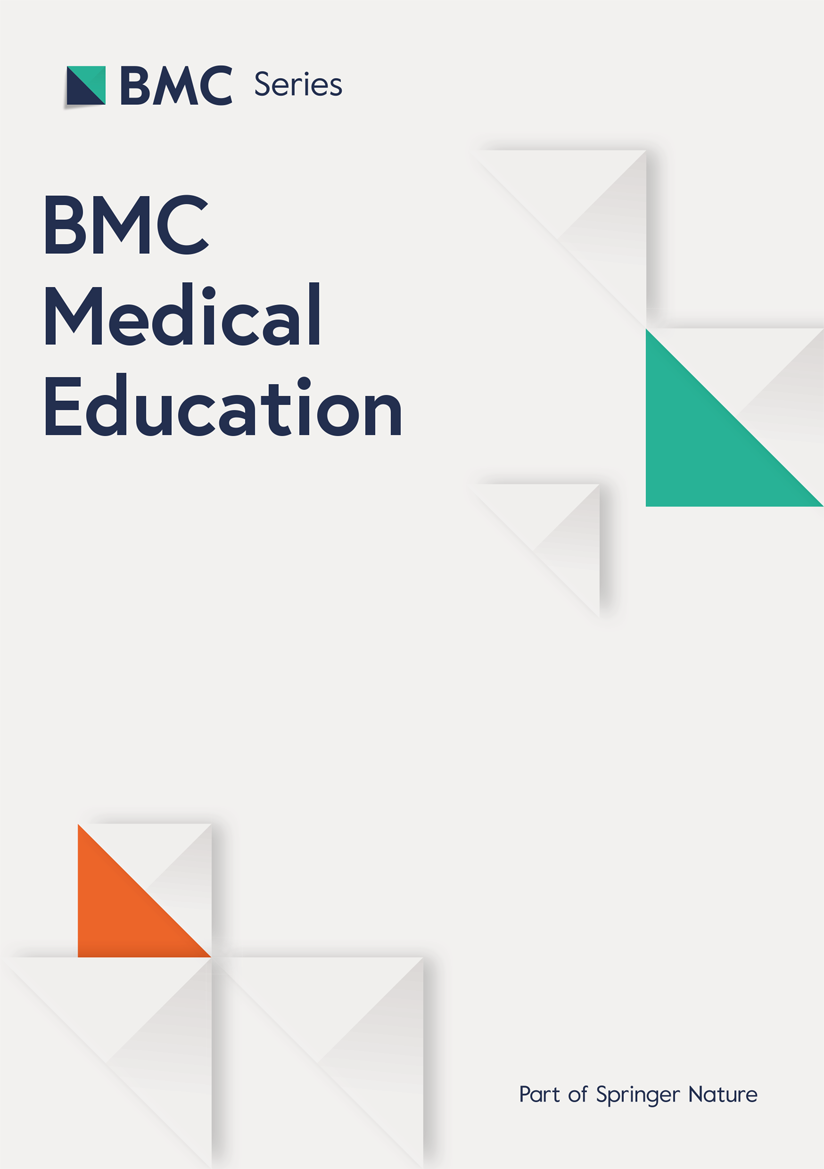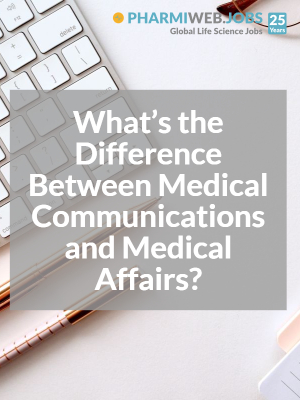The impact of doctor-patient communication on patient satisfaction in outpatient settings: implications for medical training and practice | BMC Medical Education

Participants
A total of 114 questionnaires were distributed for this survey. To exclude responses that may have been filled out carelessly, questionnaires with a completion time of less than 250 s or over 1800 s were excluded, resulting in 101 valid responses. A post hoc power analysis using G*Power software indicated that with n = 101, the study achieved 92% power to detect a medium effect size (r = 0.4, α = 0.05, two-tailed), confirming the sample size’s adequacy for correlation analysis.
Demographic characteristics of the participants are summarized in Table 3. The sample predominantly comprised individuals aged 18–30 years (80.20%), with a slight male majority (57.43%). Most respondents were urban residents (92.08%), had attained a bachelor’s degree or above (86.14%), and were unmarried (76.24%). Regarding income, 65.34% of participants earned more than ¥2000 monthly. Most patients were covered by basic health insurance or a combination of basic and commercial insurance. The majority visited general outpatient clinics, with a broad distribution across medical specialties. This cohort reflects a typical urban, young outpatient demographic at tertiary hospitals in China and provides diversity in income, education, and clinical departments.
Reliability and validity analysis of doctor-patient communication questionnaire
Reliability Test showed that the doctor-patient communication questionnaire demonstrated high internal consistency, with an overall Cronbach’s α of 0.859. The α values for individual dimensions were as follows: cognitive (0.776), medical information communication (0.868), emotional communication (0.662), and communication skills (0.653), suggesting acceptable to excellent reliability.
The questionnaire on doctor-patient communication was divided into four dimensions: cognitive, medical information, emotional communication, and communication skills. The validity of each dimension was assessed within each dimension. Detailed correlation coefficients between individual item scores and each dimension scores are shown in Table 4. All items showed statistically significant positive correlations with their respective dimension totals (p < 0.001), with most correlation coefficients ranging between 0.4 and 0.85. These results confirm the scale’s structural integrity and applicability to outpatient populations.
Outpatient patient satisfaction questionnaire reliability and validity analysis
The outpatient satisfaction questionnaire also demonstrated excellent internal consistency, with an overall Cronbach’s α coefficient of 0.957. Dimension-specific α values were: environmental facilities (0.808), medical support services (0.888), medical process (0.902), and medical service quality (0.955), supporting the tool’s robust reliability.
Validity analysis revealed strong correlations between individual item scores and dimension totals across all four domains. All the correlation coefficients are higher than 0.546, most of them are over 0.8 (p < 0.001)). Detailed correlation coefficients between individual item scores and each dimension scores are shown in Table 5. These findings validate the tool’s capacity to accurately assess outpatient satisfaction.
Doctor-patient communication status
The results show that patient satisfaction with doctor-patient communication tends toward a moderate positive preference (Table 6). Among the four dimensions, communication cognition and communication skills scored higher, while medical information communication and emotional communication showed moderate scores. The overall communication satisfaction mean was 3.44 out of 5 (SD = 0.65), indicating a moderate positive patient perception. However, the relatively lower scores in the medical information and emotional dimensions suggest areas for improvement, particularly in information disclosure and empathy expression during consultations.
Patient satisfaction scores
Patient satisfaction was assessed across four dimensions (Table 7). The highest scores were observed in the medical service quality dimension (M = 83.89, SD = 18.47), followed by medical support services (M = 67.24), environmental facilities (M = 39.19), and medical process (M = 34.97). The total satisfaction score had a mean of 225.73 out of 330 (SD = 41.29), indicating an overall high level of satisfaction with outpatient services. These findings suggest that while patients are generally satisfied with core medical services and facility environments, there is room for optimization in process efficiency and support services.
Association between communication and satisfaction
Correlation and regression analysis
A correlation analysis between doctor-patient communication scores and overall patient satisfaction revealed a significant positive correlation (r = 0.539, p < 0.01). This indicates that the quality of doctor-patient communication is significantly correlated with overall patient satisfaction.
Regression analysis was performed with communication satisfaction as the independent variable and overall patient satisfaction as the dependent variable. The results show an R² of 0.287, with F(1,99) = 39.78, p < 0.01. This suggests a statistically significant linear relationship between communication satisfaction and patient satisfaction, with communication satisfaction explaining 0.287 of the variation in overall patient satisfaction. While statistically significant, this moderate correlation suggests that communication satisfaction is an important, but not exclusive, determinant of overall satisfaction.
Correlation of four communication dimensions with satisfaction
All four communication dimensions show a positive correlation with communication satisfaction, with significant correlations observed for communication cognition, medical information communication, and communication skills (Table 8). However, the correlation between emotional communication and communication satisfaction is not significant. The correlation coefficients for medical information communication and communication skills with communication satisfaction are both above 0.6, indicating a strong positive relationship. This suggests that communication satisfaction is most influenced by these two dimensions. Additionally, communication cognition is weakly positively correlated with communication satisfaction, implying that patients prioritize medical information communication and communication skills. While medical information communication and communication skills show a significant moderate correlation with overall patient satisfaction, communication cognition and emotional communication are not significantly related to overall satisfaction. These findings indicate that patients value clarity, responsiveness, and information adequacy more than affective communication in outpatient settings.
Regression analysis of communication dimensions
To gain a more comprehensive understanding of the factors affecting patient satisfaction and their impact, single-factor and multi-factor regression analyses were conducted. The goal was to identify the most significant, practical, and effective factors that could guide improvements in doctor-patient communication.
Satisfaction was used as the dependent variable, while scores for the four communication dimensions (communication cognition, medical information communication, emotional communication, and communication skills) served as independent variables. Single-factor regression analysis was conducted first, followed by multi-factor analysis to build a regression equation and identify factors influencing patient satisfaction (Table 9).
Regression analysis showed that medical information communication and communication skills are statistically significant predictors of overall patient satisfaction (p < 0.01). Specifically, the medical information communication dimension had a strong effect (R² = 0.304, p < 0.001), whereas emotional communication and communication cognition had minimal predictive power (p > 0.05). These results indicate that the medical information communication dimension is of primary importance in determining patient satisfaction.
Normality testing of satisfaction scores revealed a near-normal distribution (Skewness = -0.158, Kurtosis = -0.505), allowing for regression model validity. Multivariate or binary regression models combining dimensions did not significantly improve explanatory power (p > 0.05), indicating the sufficiency of individual predictors.
These results support the prioritization of enhancing information delivery and communicative clarity to effectively improve patient satisfaction in outpatient care.
link







